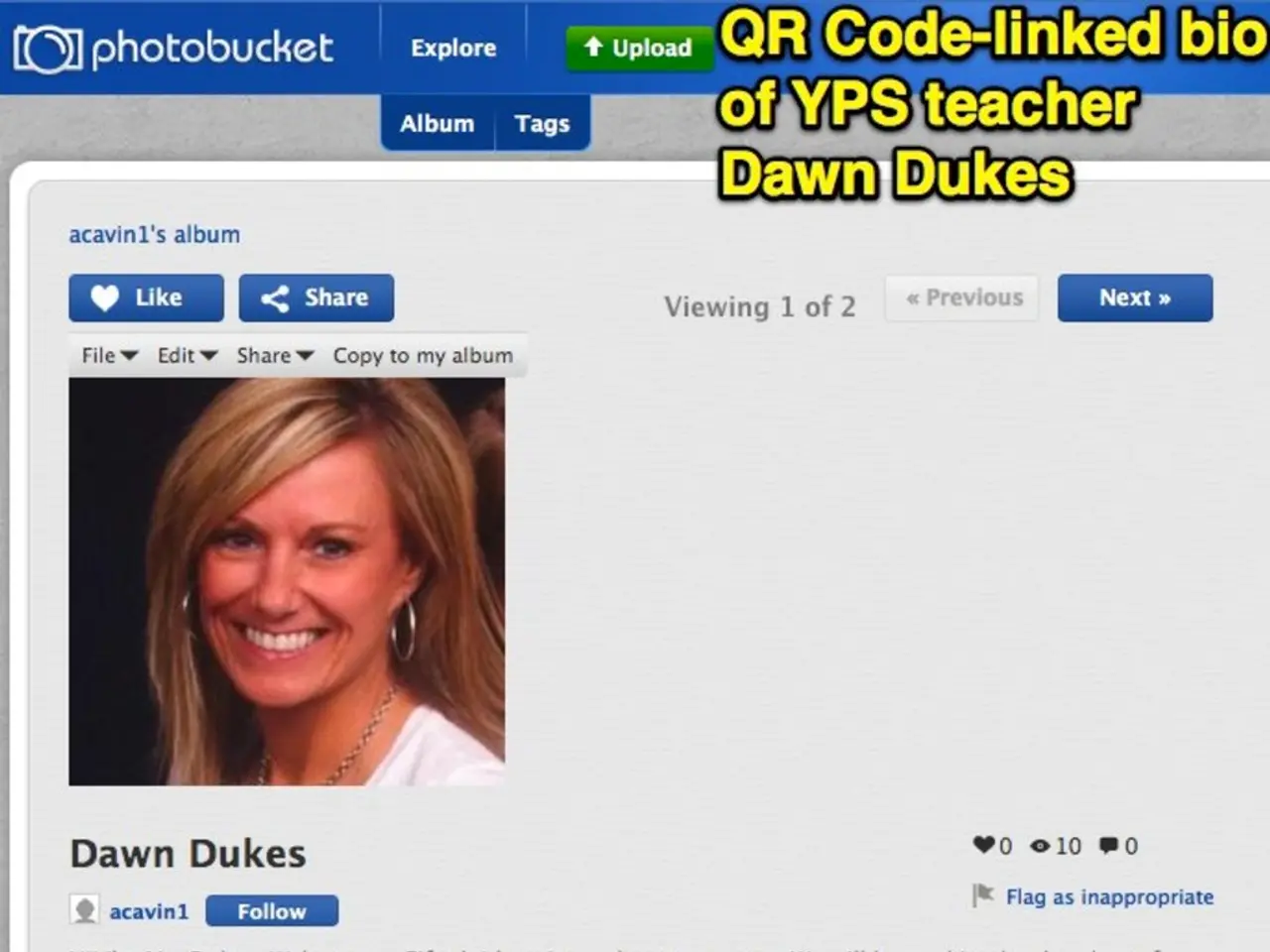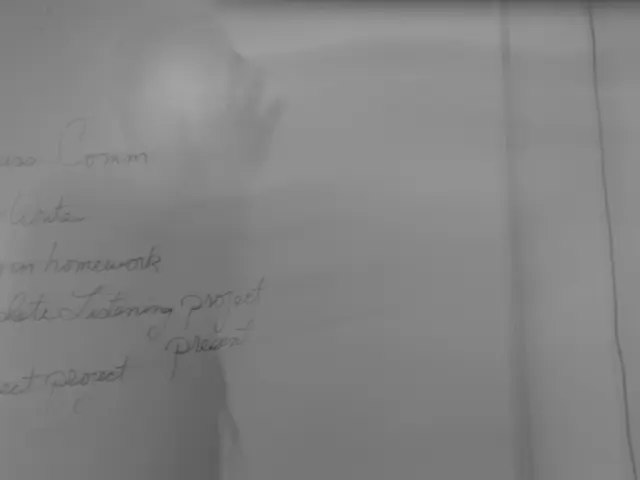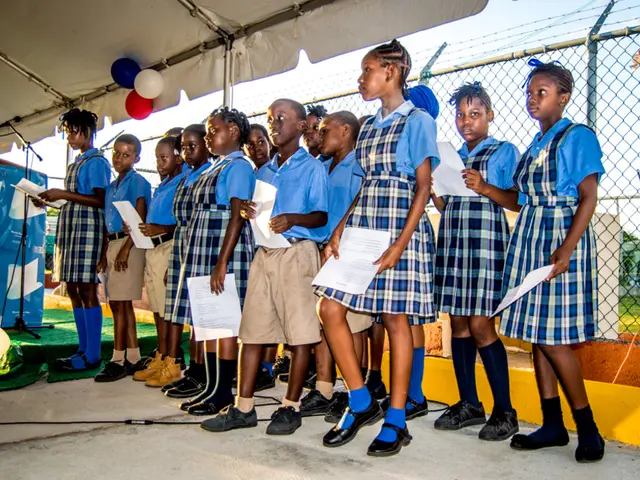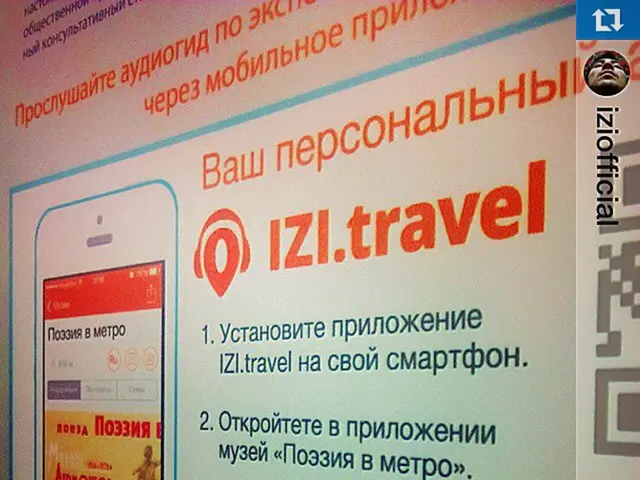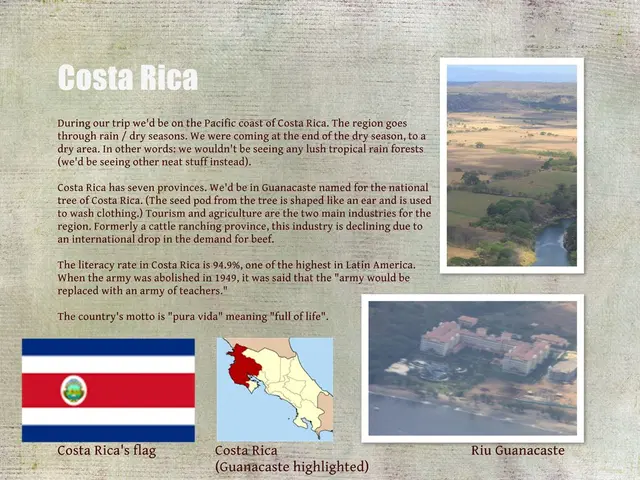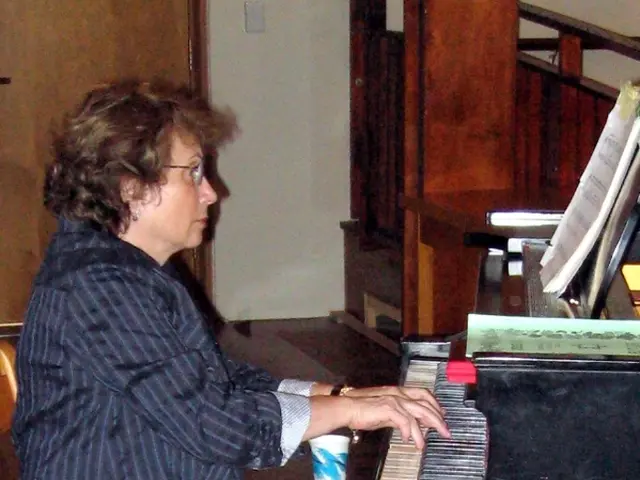Utilizing Social Media for Effective Education Strategies
In today's digital age, social media is no longer just a platform for sharing personal updates and connecting with friends. It has also become a powerful tool for education, offering unique ways for students to connect with course material and each other.
According to Christine Greenhow, an educational psychology professor at Michigan State University, using social media as a class communication tool can increase student engagement, deepen interactions between teachers and students, and expand learning communities. Greenhow advises teachers to consider the purpose of their social media use in class when deciding whether an Learning Management System (LMS) or social media is more suitable.
One of the benefits of using open social media systems like hashtags is the ability to connect with course material in unique ways. Creating a class hashtag for specific assignments allows teachers to see students' interests and methods of engagement. Furthermore, using class hashtags can extend and deepen classroom conversations by involving external experts, such as authors or mathematics professors.
On the other hand, using a closed social media platform can provide advantages over using an LMS. Teachers can learn more about their students by seeing their profiles, and students can network with experts in their field using platforms like Twitter. Some teachers prefer using a closed social media platform, such as a dedicated Facebook Group, for class-related discussions and assignments.
However, it's important to discuss responsible use of social media and teach students to become critical consumers of the media they consume. Teachers should incorporate digital citizenship and media literacy in lessons involving social media to help students become aware of toxic behavior and develop good online habits. Modeling good behavior and using inappropriate behavior as teachable moments can help students learn appropriate online conduct.
When using social media in education, teachers must ensure responsible use that protects student privacy and adheres to district or school rules. Before incorporating social media into class, teachers should check if they are violating IT or other school policies. It's also beneficial to survey students about their preferences and comfort levels when deciding on a social media platform for class-related material.
The best TikTok-related platforms or tools for educational use in schools include TikTok itself for engaging students aged 14-15, alongside AI tools like Vidnoz AI which help teachers create educational videos quickly and easily, enhancing lesson delivery with customizable avatars and multilingual text-to-speech features.
In conclusion, social media can offer new ways to connect with students as individuals and around class material. By using social media responsibly and teaching students to do the same, educators can leverage its power to enhance learning experiences and foster a more engaged and interactive classroom environment.
